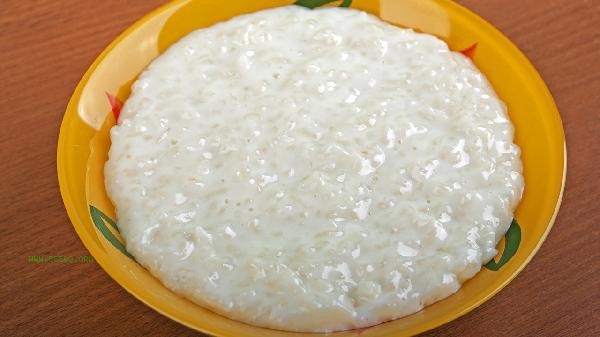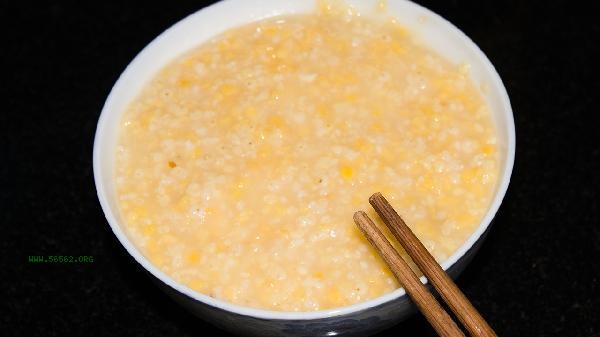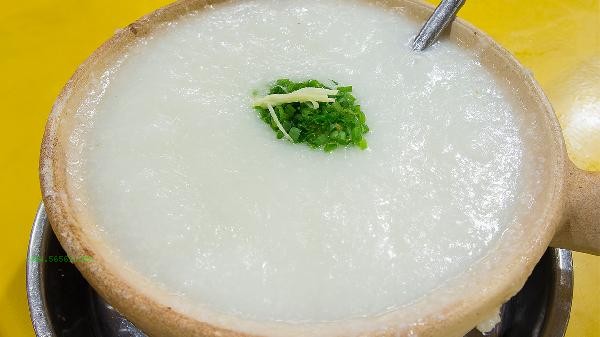For breakfast, it is suitable to choose low calorie cereals Congee, vegetable Congee, beans Congee, seafood Congee and Tonic Diet Congee. These Congee products usually have 100-200 kcal/bowl of calories, which can not only provide a sense of satiety but also avoid excessive energy intake.

1. Coarse grain Congee:
Oat Congee, millet Congee, corn Congee and other coarse grain Congee are rich in dietary fiber and low in glycemic index. β - glucan in oats can delay gastric emptying, millet is rich in B vitamins, and corn contains linoleic acid, all of which help control weight. When cooking, it is recommended to have a ratio of 1:8 between miscellaneous grains and water to avoid adding sugar.
2. Vegetable Congee:
Spinach Congee, celery Congee, pumpkin Congee and other vegetable Congee are generally less than 80 kcal/100 g. The dietary fiber and water in vegetables can increase satiety, while pumpkin is rich in pectin, which can delay sugar absorption. When making, blanch the vegetables first and then boil them with rice to better preserve the nutrients.
3. Bean Congee:

Mung bean Congee, red bean Congee, chickpea Congee and other bean Congee contain 7-9 g/100 g. The resistant starch in legumes is not easily digested and absorbed. Red beans contain saponins that can inhibit fat absorption, and mung beans are rich in potassium, which is beneficial for reducing swelling. It is recommended to soak the beans for at least 4 hours before cooking.
4. Seafood Congee:
Shrimp Congee, fish Congee, clam Congee and other seafood Congee have high protein content and low fat content. Seafood provides high-quality protein and trace elements, clams contain taurine that can promote fat metabolism, and fish meat is rich in unsaturated fatty acids. It is recommended to add seafood at the end of cooking to avoid excessive heating.
5. Tonic Diet Congee:
Tonic Diet Congee such as job's tears Congee, poria Congee, yam Congee has the effect of invigorating the spleen and removing dampness. Coix seed contains Coix seed ester, which can regulate blood lipids. Yam mucin protein protects the gastric mucosa, and Poria cocos polysaccharide can improve glucose metabolism. Tonic Diet Congee can only be effective if it is taken for a long time, and the dosage should not exceed 50g dry product each time.

Low calorie Congee is recommended to be eaten with protein foods such as eggs and soybean milk to avoid excessive blood sugar fluctuations caused by drinking Congee alone. When cooking, try to use steaming and cooking methods, and use less oil and salt for seasoning. Natural spices such as ginger shreds and scallions can be added to enhance the flavor. Different Congee products can be eaten in rotation to ensure balanced nutrition, and at the same time, it needs to be accompanied by diet control and appropriate exercise throughout the day to achieve a healthy weight loss effect. Special groups such as diabetes patients should monitor the postprandial blood glucose response and choose Congee products with lower glycemic index.



Comments (0)
Leave a Comment
No comments yet
Be the first to share your thoughts!